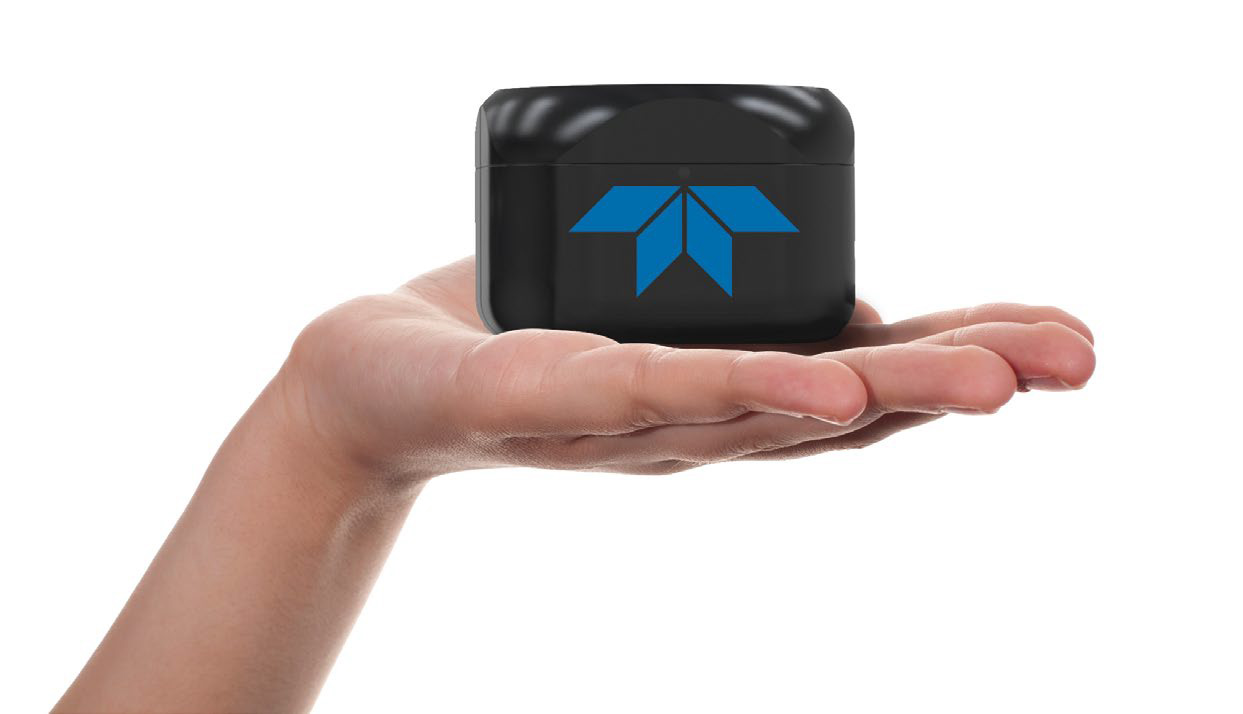
ROV Planet Interviewed Grant Jennings, Product Line Director at Teledyne Marine to find out more about the recently launched Wayfinder DVL.
RICHIE ENZMANN: Hi Grant, please tell us about the Way-finder DVL. How is this different to the existing range of DVLs – such as the Pathfinder, Pioneer, Tasman, or Work-horse Navigator – that Teledyne has to offer?
GRANT JENNINGS: It’s a new product for a new market. As you know, we’ve been pioneers of DVLs for the last 28 years. Everything we designed was mainly for work class ROVs and AUVs, but in the last 5 years we’ve seen a change of direction in the market towards much smaller vehicles and within the last 2 years, we’ve seen a lot of new custom-ers moving towards the micro ROVs like those produced by BlueRobotics, SeaDrone, even smaller than the SeaBotix vehicle that Teledyne manufactures.
Three years ago, we launched Pathfinder, the smallest DVL we’ve produced, and it has done phenomenally well. The Pathfinder set a new standard for small DVLs in performance and quality of data, because we’ve utilized the past 20 years of our experience from designing and building DVLs.
Now Pathfinder is even too big for these micro vehicles. In the past we were talking $50-$70K for a small vehicle. Now they’re $5,000. You can’t sell a sensor that is over $10,000 for a $5,000 vehicle, especially one that’s 12 inches long and 7 inches high. We listened to our customer base and we sold a large number of Pathfinders for these types of ROVs, but for some customers, even the Pathfinder was too large. Hence, we kicked off a project last year and we produced something that is half the size of a Pathfinder. Now the Wayfinder is literally a 10cm square – a small cube – and it’s everything in a self-contained unit.
RE: It sounds small.
Read the whole article >
